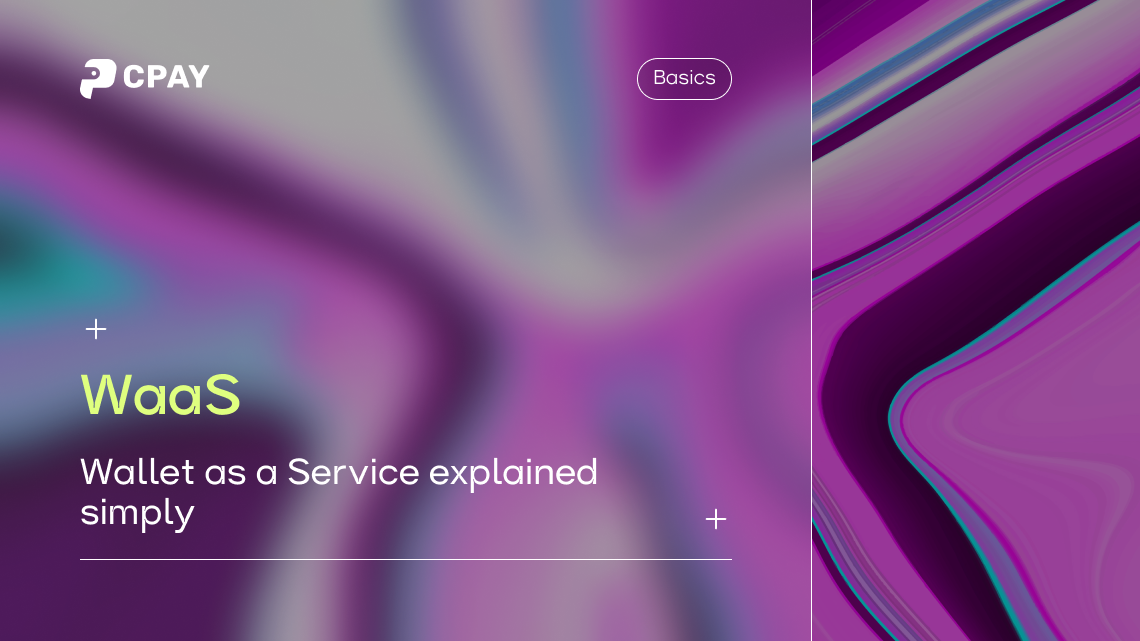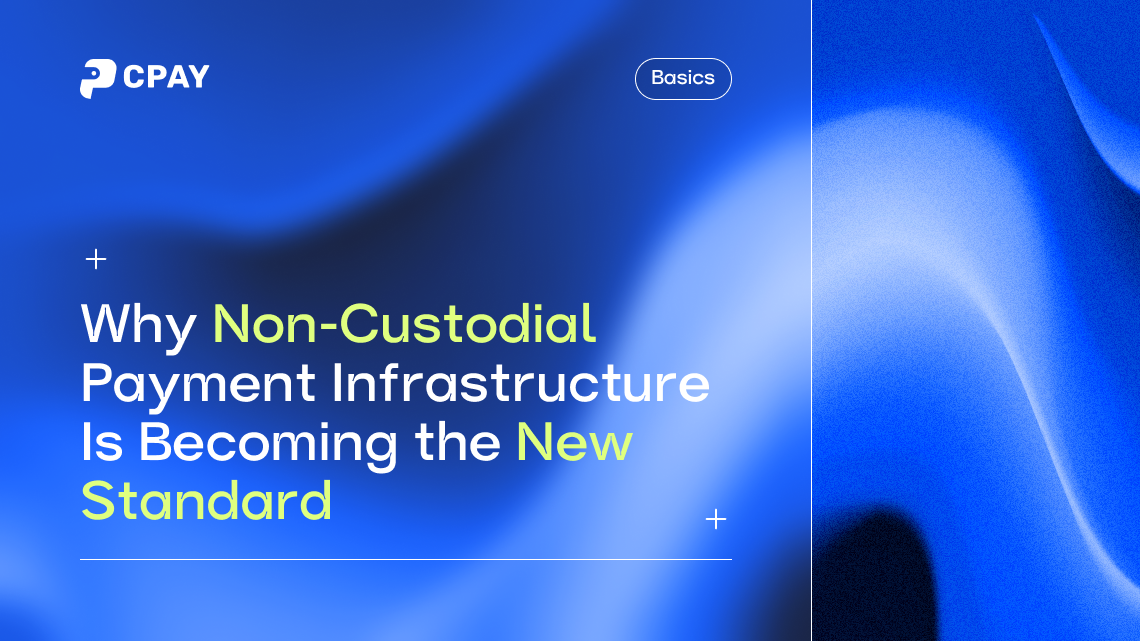Blockchain is a distributed data storage technology. All participants supporting the chain are equal. There is no server or single center in the blockchain. The possibilities of application are endless: asset ownership, the financial sphere, value exchange, and real estate.
Hacking the blockchain is possible if links on all servers in the chain are broken. Each new part in the chain includes information from all previous blocks. The information can only be viewed. You can't make changes to the previous links. That's how blockchain technology differs from other data storage.
What is Blockchain Technology?
Blockchain is a technology for storing and recording transaction data. The information is not physically stored anywhere. It is sequentially written into a digital blockchain. Each new transaction is attached to a common chain. Hence, the name blockchain. The new block contains all the data from the previous blocks up to the parent block.
Simply put, a blockchain meaning is a transaction log in which all data is recorded. Only an algorithm performs all the transactions. A hashing mechanism protects all data. Hashing is a combination of numeric and alphabetic characters, changing just one of which changes the data in all subsequent blocks.
The advantage of technology is its transparency: each user can read the information in the block, but can not change it.

Satoshi Nakamoto of Japan introduced blockchain in 2008. The following year, the first cryptocurrency that ran on a blockchain appeared. Blockchain is usually equated with cryptocurrency as if blockchain were part of it. Yes, it is. But blockchain tech appeared earlier, giving the crypto industry a boost. Where else is blockchain used?
A feature of blockchain tech is the absence of intermediaries to confirm the authenticity of records. For example, when you buy a piece of land, in addition to financial transactions, you also need to document your right to your property. This is done by a notary — an intermediary who will execute the documents, approve your right with his signature and enter it in the unified registry.
Another example: You buy expensive drugs of a well-known brand, but there are counterfeits on the commercial market. You will use tokens to identify them. If you conduct the transaction using blockchain, you may not even have to check your product. With blockchain, all suppliers can identify their products reliably and autonomously from each other (recycling can combine products from different manufacturers), and supplier networks can tell consumers exactly where and what product was delivered and who produces it.
Blockchain technology is replacing an army of civil servants engaged in document verification. Blockchain will replace the concept of digital signatures: it will remove fake websites, viruses, fake news, and online piracy. Technology is able to confirm the copyright of the content.
Where does blockchain apply?
Cryptocurrency
Blockchain technology is the basis for any cryptocurrency. With the technology, you can receive cryptocurrency, sell it, store it, exchange it, and pay in real life. This popularity of digital currency is justified by the opportunity to earn from increased volatility. Going forward, analysts see cryptocurrency as a tool for mass money transfers.
In addition, more and more companies today are introducing bitcoins into the retail trade. Most often these are products of technology firms, automobiles, and luxury goods.
Digital currency
In blockchain technology, some countries are launching projects to create digital money. China is a prime example. Under a government program, tens of thousands of Chinese were issued digital yuan. With these, locals could pay in all stores and make transfers. The authorities are planning to expand the project to the territory of Shanghai.
Similar digital currency projects exist in parts of the U.S. and European economies. Even Singapore, which has strict legislation on the crypto industry, plans to introduce digital currency.
Smart contracts
When any contract is signed between parties, it needs to be registered. When a smart contract is signed, the blockchain technology itself is the guarantor of the transaction. The algorithm also validates the quality of the product and eliminates fraud. The buyer sees the entire history of the product produced: from the collection of raw materials to its distribution. By signing a smart contract, one of the parties cannot forge, repackage the product, or shift the blame to the manufacturer.
NFT
NFT is a non-interchangeable token. To put it simply, it's a certificate that proves ownership of digital property. By digital property we mean: pictures, photos, characters in games, music, and even GIFs. NFTs have become one of the most popular crypto assets. Analysts predict that the NFT sector will reach about 20% of the entire crypto industry's capitalization by 2025.
Gaming Industry
Blockchain technology is used to create GameFi. These are online games in which you can earn real money. Everything that happens in the game is logged on the blockchain. The popularization of the trial has led to the emergence of a new economy of «play-for-earnings».
For example, the game companies Enjin and Attarius Network aim to run a kind of acceleration program for game developers. The companies provide developers with everything they need — grants and direct investments, technical and marketing consulting, development and implementation of crypto-economics in games, and connection to the leading graphics engines Unity and Unreal Engine.
How does Blockchain Technology work?
Blockchain technology is a system of distributed data registries accessible to everyone on the web. Transaction information is open to the public and, at the same time, is not influenced by the government, financial institutions, or individual professionals.
Digital currency using blockchain technology is stored in boxes. A new block is added to the blockchain each time it is mined. When the initial transaction takes place, it must be validated by several participants in the chain — this is the essence of blockchain decentralization without special intermediaries. This means that, unlike banks, blockchain operates around the clock and does not depend on the central bank of a particular country.
The work of blockchain is explained as follows:
- The first block is created.
- All subsequent chunks save information about the «parent» and include new details about the type of transaction, and its header is used when generating a new chunk.
- Users of the blockchain system see all the blocks and have control over only their own.

Blockchain technology has no vulnerabilities. Typically, databases store all information on servers. It is a physical location. In the blockchain, everything is stored online. And each link is part of the next. It is impossible to break this chain.
To better understand how blockchain technology work, let's look at a few definitions that describe the technology.
Decentralization. In other words, there is no central supervisory authority. All participants in the process are equal. Everyone has as much right as anyone else. This is called the decentralization of trust.
Blockchain blocks. Information in the blockchain is stored in blocks. All blocks are linked together as a chain. You can add a new block, but you cannot delete or change a previous block.
Consensus algorithms. The algorithm describes the rules of the transaction. These rules are set by the parties just before the transaction. The algorithm independently monitors the execution of the rules.
Blockchain nodes. Blockchain nodes store data. In essence, they are the units of that data. It is the node that loads all the data from previous blocks into the new block when it is created. As soon as the data is synchronized, a new block appears in the common chain.
Now that you understand how blockchain technology work, let's break down what types of blockchain exist.
Types of blockchain
There are three types of blockchain.
- Open blockchain or inclusive blockchain tech.
This type of blockchain meaning is available to anyone. There are no restrictions on joining the network. Most cryptocurrencies use a public blockchain managed by rules or consensus algorithms.
- Private or exclusive blockchain technology.
Blockchain's exclusivity lies in the ability to access blockchain data in a controlled manner only after appropriate permissions have been obtained.
- Federated blockchain or blockchain consortium.
In this type of blockchain, the mining (consensus process) is under the full control of pre-selected nodes.

Is Blockchain secure?
The decentralization system serves to protect the data in the blockchain. The blockchain explained is not easily hacked. As of today, this has not yet been done. Usually, the information is stored on servers. These are typically specific locations. In the blockchain, information is stored in each block, so it is impossible to hack all users' devices at the same time.
Blockchain technology is also used to protect files. An encrypted key secures access to the file. Only the user with the key has the right to use the file. Data leakage can occur if the key is copied or lost. The recipient cannot use the money until he/she receives the secret code. He only sees the date of the transaction, the buyer's address, and the amount.
The exchange of information between blocks is technically secure. All devices involved in the transaction keep copies of the new block. If for some reason there is a failure, it is enough to delete the damaged part and add the block anew.
So then, what are the pros and cons of the technology?
Pros of Blockchain
Decentralization
Network users are peers and can transmit data directly. Blockchain technology works in such a way that a transaction is not confirmed by a single financial authority, but by blockchain users. Without their confirmation, the transaction will not take place. Data fraud, falsification of documents, and destruction of any transaction facts are completely eliminated. This is the main advantage of decentralization.
Reliability
There is no possibility of data spoofing and hacker attacks, as special encrypted keys are used. Cryptography securely protects user data within blocks of a chain. Each block has its own unique set of characters and signs, which is generated from the previous one with the addition of its own elements. It is impossible to forge this encrypted key, because the entire sequence of blocks up to the first one, which was created in 2009, would be broken.
Transparency
All data is public. You can check the traveled path for any transaction since any block is available for public viewing. But apart from viewing mode, you can't access anything, unless, of course, you have a key to a certain block. If you have a key, you still can't delete the transaction record in the general data registry, i.e., the blockchain. Also, you cannot change your block if the transaction has already taken place.
Universality
Blockchain could be used in different spheres (financial sector, law, real estate, etc.). The essence of technology is transparent data registration, so it is applicable to any sphere. The buyer and seller of any product or service want to complete a transaction. All they need to do is record it. Blockchain technology is the best option for that.
Speed
The buyer sends the funds to the seller immediately, so the intermediary can't delay the deal. Sometimes there are delays, but they are not as noticeable as a normal international transfer. By comparison, Bitcoin processes 7 transactions per second, while Solana processes up to 71,000 per second. Visa processes an average of about 1,700 transactions per second, and Mastercard uses a network that is said to process about 5,000 transactions per second.
User satisfaction
Users around the world choose blockchain because of the level of protection of their data. To this day, no hacker has been able to hack into the blockchain and remove user data from even one block. Due to the lack of a central supervisory authority, there is also no physical location of the data leak.
Reduced costs
Blockchain attracts customers with low transaction costs because it is not linked to financial institutions that make money through transaction fees. The fee for payment does not depend on its volume.
Cons of Blockchain
The complexity of scalability
If the Bitcoin blockchain accounted for a fraction of Visa transactions, it would be hundreds of terabytes in size. We already gave this example: Bitcoin processes 7 transactions per second, and Visa processes an average of about 1,700 transactions per second.
Possibility of fraudulent actions
Blockchain data transfer is irreversible. As a result, there is no way to undo a transaction, even if it was made by mistake. This is both a plus and a minus of blockchain technology. If a buyer even accidentally sends money to a seller and other blockchain users confirm the transaction, a new link is formed and joins the shared blockchain. It cannot be changed or deleted.
51% attack
If 51% of computing power belongs to a single device, the integrity will be broken. This is more of a hypothetical disadvantage. As far as we know, about 30% of bitcoins are irretrievably lost — their owners have lost their key, which cannot be recovered. Overall, more than 50% of all bitcoins that might exist have already been mined.
Lack of privacy
As we know, the consensus algorithm defines the conditions for data validation. Does this algorithm guarantee privacy for users? In private blockchains, transactions can be censored due to corruption or collusion. In such networks, storage and computation may be distributed, but the nodes (servers) that verify transfers are centralized.
Unconfirmed transactions
Sometimes operations were not accepted by part of the network, so they were pending and could not be included in the blockchain. That is, the transaction happened, but the record did not appear in the blockchain. This may be due to several factors. For example, transactions with higher fees are prioritized. They happen faster, and your transaction will be delayed or remain unconfirmed. In general, as transaction volumes increase, the network becomes congested, and it takes longer to process transactions.
The volume of data distribution
Blockchain registries are immutable. If everyone on the network keeps a complete working copy of the network, then whenever new data is added to it, it will be written to the hard drives of all the miners. Over time, information overloaded systems start to run slowly.
Few specialists
The blockchain industry is one of the few fields where the demand for personnel exceeds the supply. In the early days of the cryptocurrency market, the number of developers of decentralized networks was 171 times less than the total number of programmers. The total decentralized network market is expected to reach $39.7 billion by 2025, but it takes time to train professionals.
Blockchain technology has been around for more than a decade. However, in many countries, it is still new, and its use is insufficiently regulated by law. Considering blockchain's functionality and its many applications in many sectors, including commerce, we should expect the technology and related regulations to evolve shortly.
There are several tens of analogs of Blockchain technology, but they will not surpass its popularity shortly. Most alternatives are at the stage of testing, developing, and eliminating flaws, while Blockchain is undergoing large-scale implementation and uptake.









